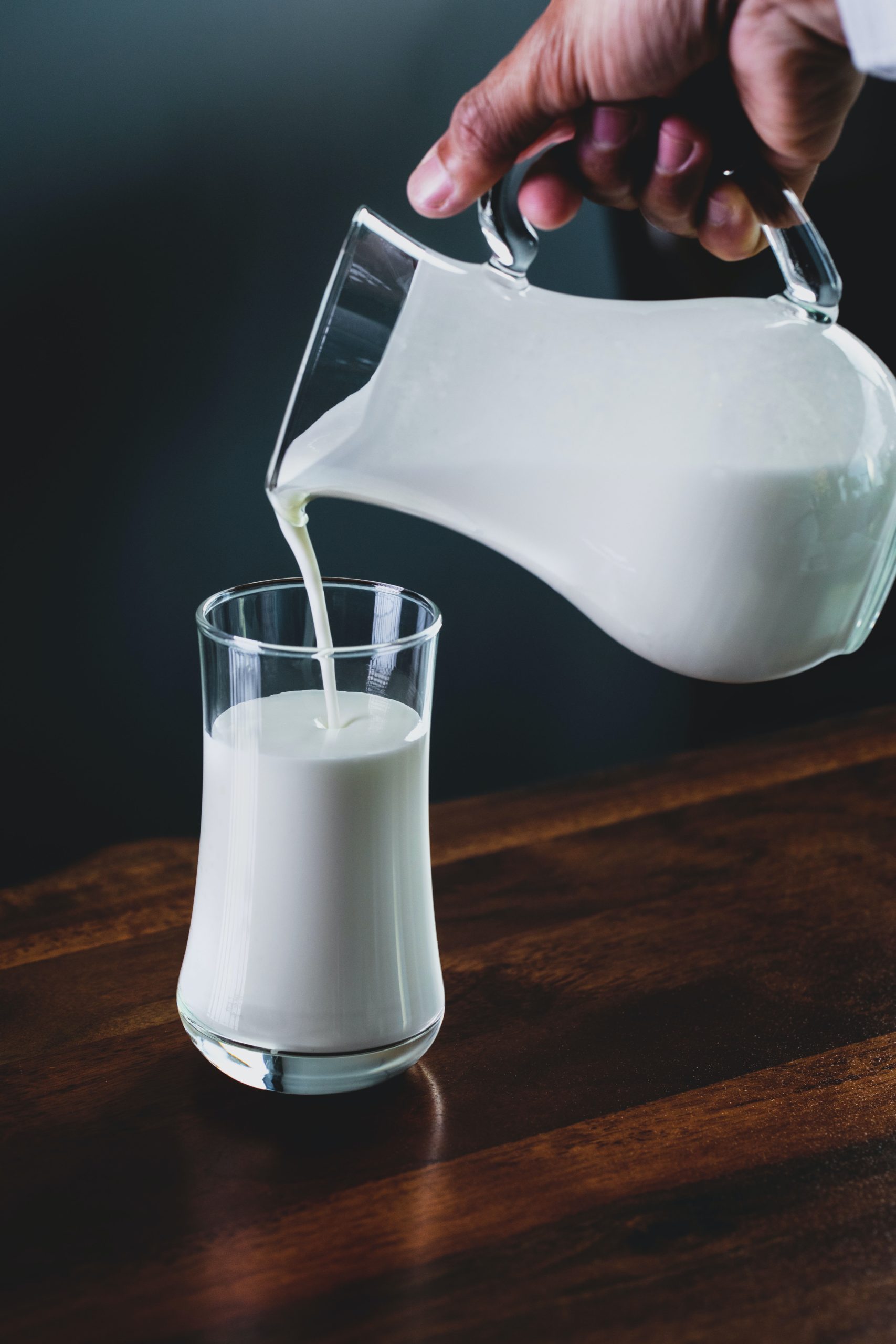Cow’s milk is not suitable for everyone as some may be sensitive to lactose, the natural sugar found in cow’s milk, or may have a milk protein allergy. However, for those who can consume cow’s milk, it offers a variety of nutritional benefits. There are many types of cow’s milk available on the market, this blog will walk through the similarities and differences between them, and give you tips to help you choose the variety of cow’s milk that’s right for you.
Similarities & Difference:
Some widely available varieties of cow’s milk in the grocery store include 0.1% milk fat (M.F.) (a.k.a. skim milk), 1% M.F., 2% M.F., and 3.25% M.F. (a.k.a. whole milk). All of these varieties contain the same 16 essential nutrients such as vitamin D, calcium, protein, vitamin B12, and vitamin A. They are also comparable in carbohydrate quantity and protein. The only difference between them is the amount of fat contained, which is also reflected in the total calorie differences among different types of milk. The percentage on the milk container is the amount of fat in the milk by weight.
| Calories | Calcium | Total fats | Saturated fats | Unsaturated fats | Cholesterol | |
| Whole milk | 149 | 276mg | 8g | 4.5g | 2.5g | 24.4mg |
| 2% milk | 122 | 293mg | 5g | 3g | 1.5g | 19.5mg |
| 1% milk | 102 | 305mg | 2.4g | 1.5g | 0.8g | 12.2mg |
| Skim milk | 90 | 316mg | 0.6g | 0.4g | 0.2g | 4.9mg |
Tips to choose (Pros & Cons of each type):
Whole milk: Whole milk is usually fortified with healthy fats, especially omega-3 fatty acids. While it was once a concern that the high amount of saturated fat in whole milk could lead to increased risk of heart disease, recent studies have not shown this correlation. In fact, some research has shown that consumption of full-fat dairy may actually decrease the risk of chronic disease, including heart disease. However, whole milk contains more fat and calories than its skim counterpart.
Reduced-fat milk (2% milk): 2% milk is one of the most popular cow’s milk variety. It provides less fat than whole milk but has a creamier taste and texture than skim milk.
Skim milk: The main benefit of skim milk is that it provides a high amount of calcium, vitamin D, and protein for a relatively low amount of calories. So, it is a good option for individuals who are trying to reduce their calorie intake, while getting a good amount of calcium and protein.
If you have or are at high risk for heart disease or have any concern about your milk or milk alternative choices, it is best to consult with a dietitian to determine the best milk for your individual health needs.



